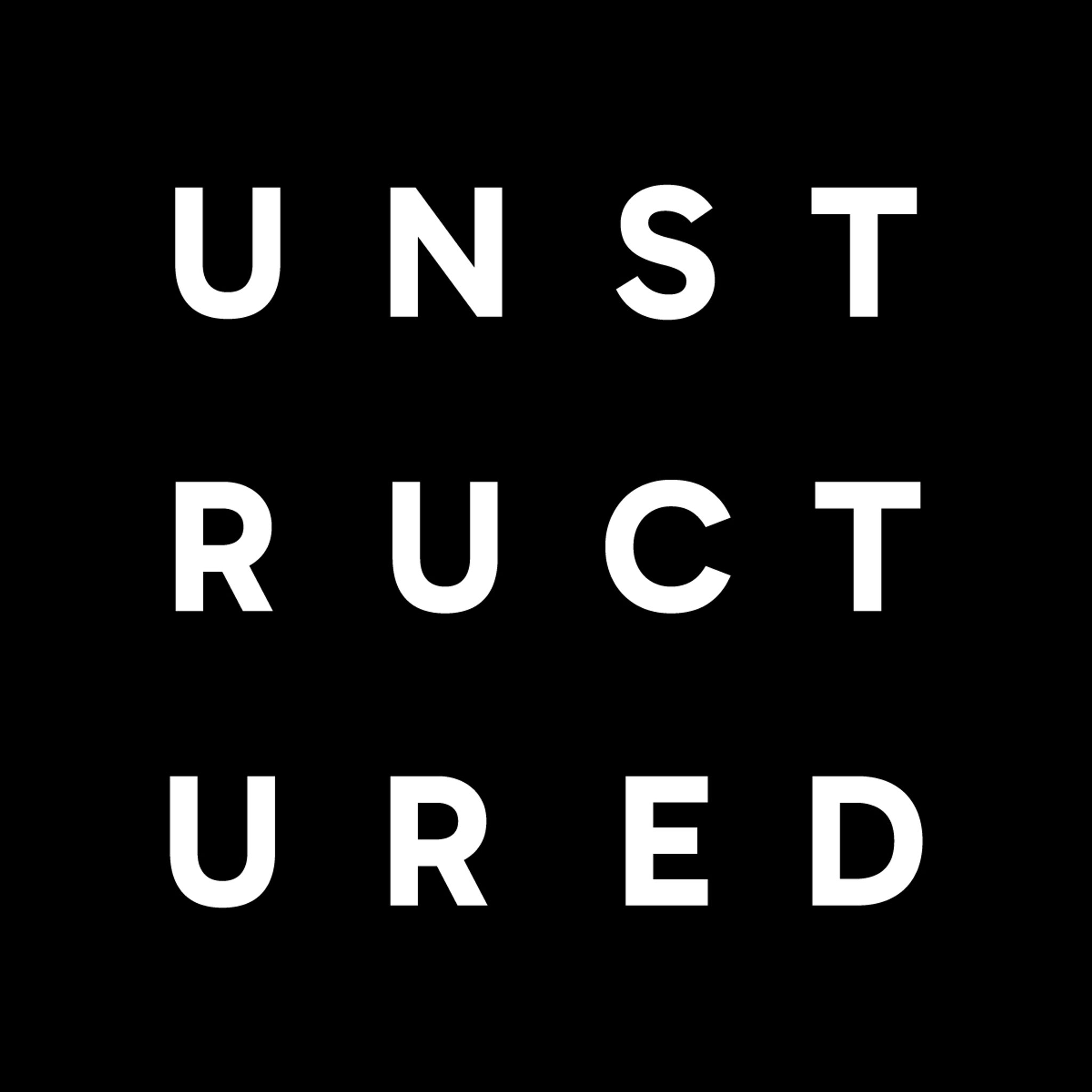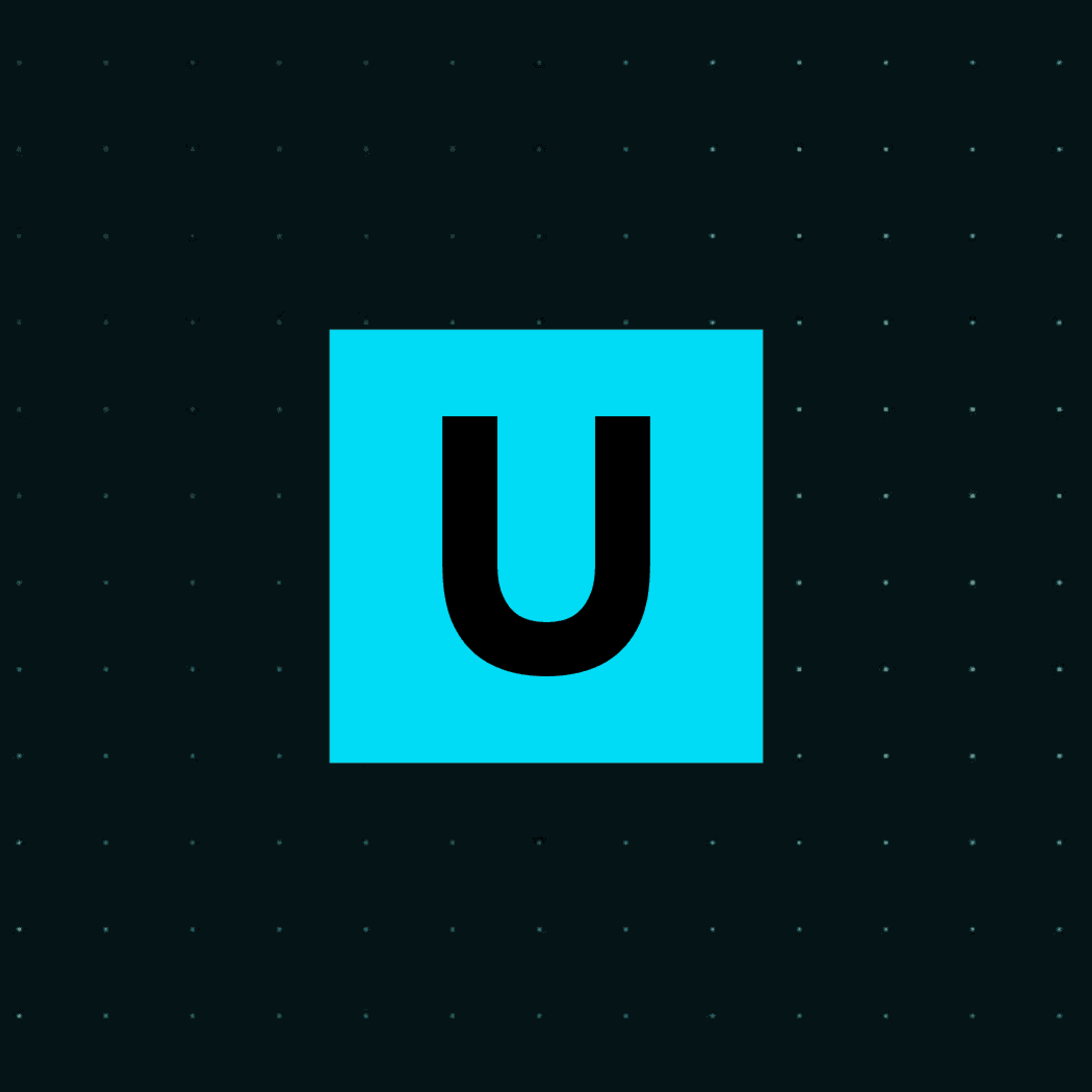
Authors

With the Unstructured Platform, you can effortlessly transform your data from Azure Blob Storage to Qdrant. Designed as an enterprise-grade ETL solution, the platform ingests raw, unstructured data from sources like Azure Blob Storage, structures it into embeddings-ready formats, and seamlessly loads it into Qdrant for vector search and retrieval. For a step-by-step guide, check out our Azure Blob Storage Integration Documentation and our Qdrant Setup Guide. Keep reading for more details about Azure Blob Storage, Qdrant, and how the Unstructured Platform bridges these technologies.
What is Azure Blob Storage? What is it used for?
Azure Blob Storage is Microsoft's object storage solution for the cloud, designed to store massive amounts of unstructured data such as text, images, videos, and documents. It provides a scalable, secure, and highly available platform for data storage needs.
Key Features and Usage:
- Scalability: Azure Blob Storage can handle petabytes of data with high throughput, making it ideal for big data applications and AI workloads.
- Tiered Storage: Offers hot, cool, and archive access tiers to optimize costs based on data access frequency.
- Security: Provides encryption at rest and in transit, role-based access control (RBAC), and private endpoints for enhanced security.
- Integration: Seamlessly integrates with other Azure services like Azure Functions, Azure Data Factory, and Azure Synapse Analytics.
- Data Redundancy: Offers various redundancy options including locally redundant storage (LRS), zone-redundant storage (ZRS), and geo-redundant storage (GRS).
Example Use Cases:
- Storing large volumes of raw data for AI and machine learning models
- Creating data lakes for analytics and business intelligence
- Backing up and archiving enterprise data
- Hosting static content for web applications
- Storing media content like images, audio, and video files
What is Qdrant? What is it used for?
Qdrant is a vector similarity search engine and vector database designed specifically for production-ready machine learning applications. It excels at storing, managing, and searching high-dimensional vector data with exceptional speed and precision.
Key Features and Usage:
- Vector Search: Provides fast and accurate similarity search for high-dimensional vectors using various distance metrics.
- Filtering: Supports complex filtering combined with vector search for precise results.
- Scalability: Offers horizontal scaling capabilities through distributed architecture.
- CRUD Operations: Enables full create, read, update, and delete operations on vectors and payloads.
- Performance: Implements optimized algorithms and data structures for high-performance vector operations.
- Consistency: Ensures data consistency with persistence and replication features.
- Cloud-Native: Designed with cloud deployment in mind, supporting containerization and orchestration.
Example Use Cases:
- Semantic search engines for text and documents
- Recommendation systems based on user preferences
- Similar image and content discovery
- Duplicate detection in large datasets
- Natural language processing applications
- Anomaly detection in complex data
- Powering Retrieval-Augmented Generation (RAG) systems
- AI-driven personalization and matching algorithms
Unstructured Platform: Bridging Azure Blob Storage and Qdrant
The Unstructured Platform is a no-code solution for transforming unstructured data into structured formats suitable for vector databases like Qdrant. It serves as an intelligent bridge between Azure Blob Storage and Qdrant. Here's how it works:
Connect and Route
- Diverse Data Sources: The platform supports Azure Blob Storage as a source connector, enabling seamless ingestion of unstructured data.
- Partitioning Strategies: Documents are routed through partitioning strategies based on format and content:
- The Fast strategy handles extractable text like HTML or Microsoft Office documents.
- The HiRes strategy is for documents requiring optical character recognition (OCR) and detailed layout analysis.
- The Auto strategy intelligently selects the most appropriate approach.
Transform and Chunk
- Canonical JSON Schema: Source documents are converted into a standardized JSON schema, including elements like Header, Footer, Title, NarrativeText, Table, and Image, with extensive metadata.
- Vector-Ready Chunking: The platform creates optimized chunks for vector embedding generation:
- The Basic strategy combines sequential elements up to size limits with optional overlap.
- The By Title strategy chunks content based on the document's hierarchical structure.
- The By Page strategy preserves page boundaries.
- The By Similarity strategy uses embeddings to combine topically similar elements.
Enrich, Embed, and Persist
- Content Enrichment: The platform generates summaries for images, tables, and textual content, enhancing the context and retrievability of the processed data.
- Embedding Generation: Integrates with multiple third-party embedding providers like OpenAI and Cohere to generate high-quality vector representations.
- Qdrant Integration: Processed data and its vector embeddings can be persisted directly to Qdrant collections, with automatic configuration for optimal search performance.
Key Benefits of the Integration
- End-to-End Vector Pipeline: Transform raw, unstructured data from Azure Blob Storage into searchable vector embeddings in Qdrant.
- Optimized Vector Quality: Generate high-quality embeddings through intelligent chunking and preprocessing.
- Enhanced Search Relevance: Improve vector search results with structured metadata and context-aware chunking.
- Scalable Processing: Handle millions of documents with high throughput and low latency.
- Simplified RAG Implementation: Create production-ready Retrieval-Augmented Generation systems with minimal effort.
- Enterprise-Grade Security: SOC 2 Type 2 compliance ensures data security throughout the process.
- Cross-Platform Integration: Bridge Microsoft Azure and Qdrant ecosystems seamlessly.
Ready to Transform Your Vector Search Experience?
At Unstructured, we're committed to simplifying the process of preparing unstructured data for AI applications. Our platform empowers you to transform raw, complex data into structured, machine-readable formats, enabling seamless integration with your AI ecosystem. To experience the benefits of Unstructured firsthand, get started today and let us help you unleash the full potential of your unstructured data.


